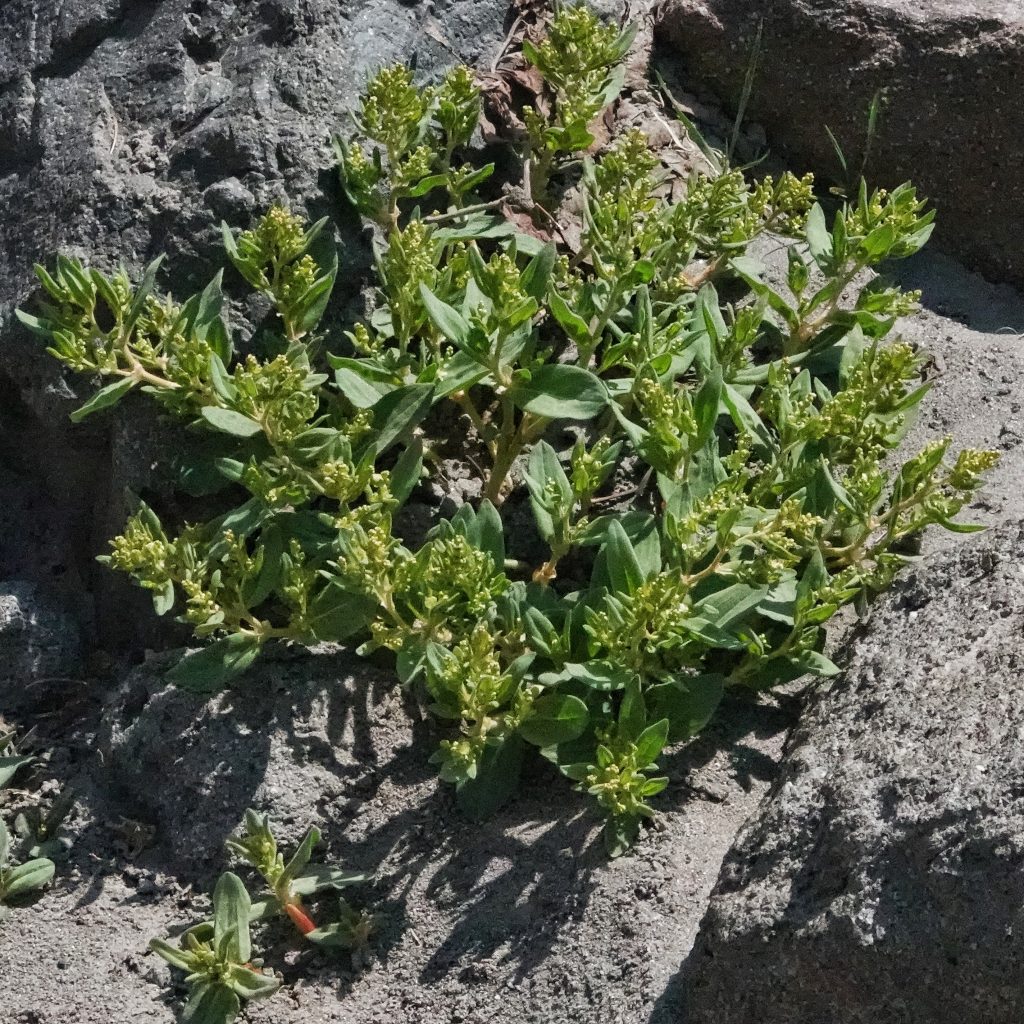
I had no idea what this unprepossesing plant was when I first found it on the trip to Mt. Hood I talk about in ‘Some Musings on a Recent Excursion. I might have found it in ‘Wildflowers of the Pacific Northwest’ if I’d thought to look in the yellow section, but I spent my time paging through green and white flowers, and I’m not a good enough botanist to have recognized it as Polygonaceae.
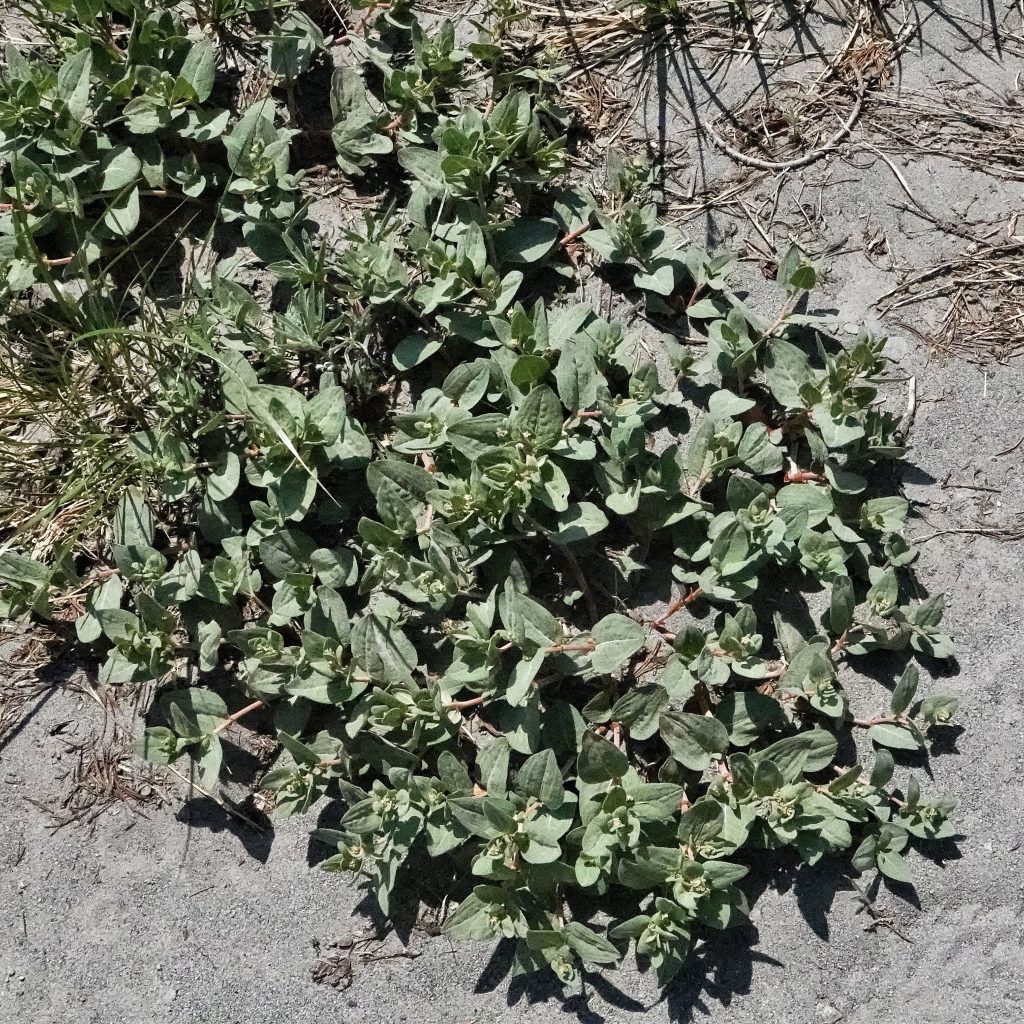
But then I thought to try running it through the Seek by iNaturalist app, since I had good reception up on the mountain, and it popped right up with Koenigia davisiae. A bit of time in “Flora of the Pacific Northwest” and I was able to confirm that that was a correct identification. It’s kind of a weedy looking plant, but it is a native, and grows in some really poor soil and harsh conditions, so I think it’s worthy of my admiration, despite its homely appearance. I was surprised that it didn’t seem particularly important to the alpine ecosystem, but it may not have gotten much attention from researchers.
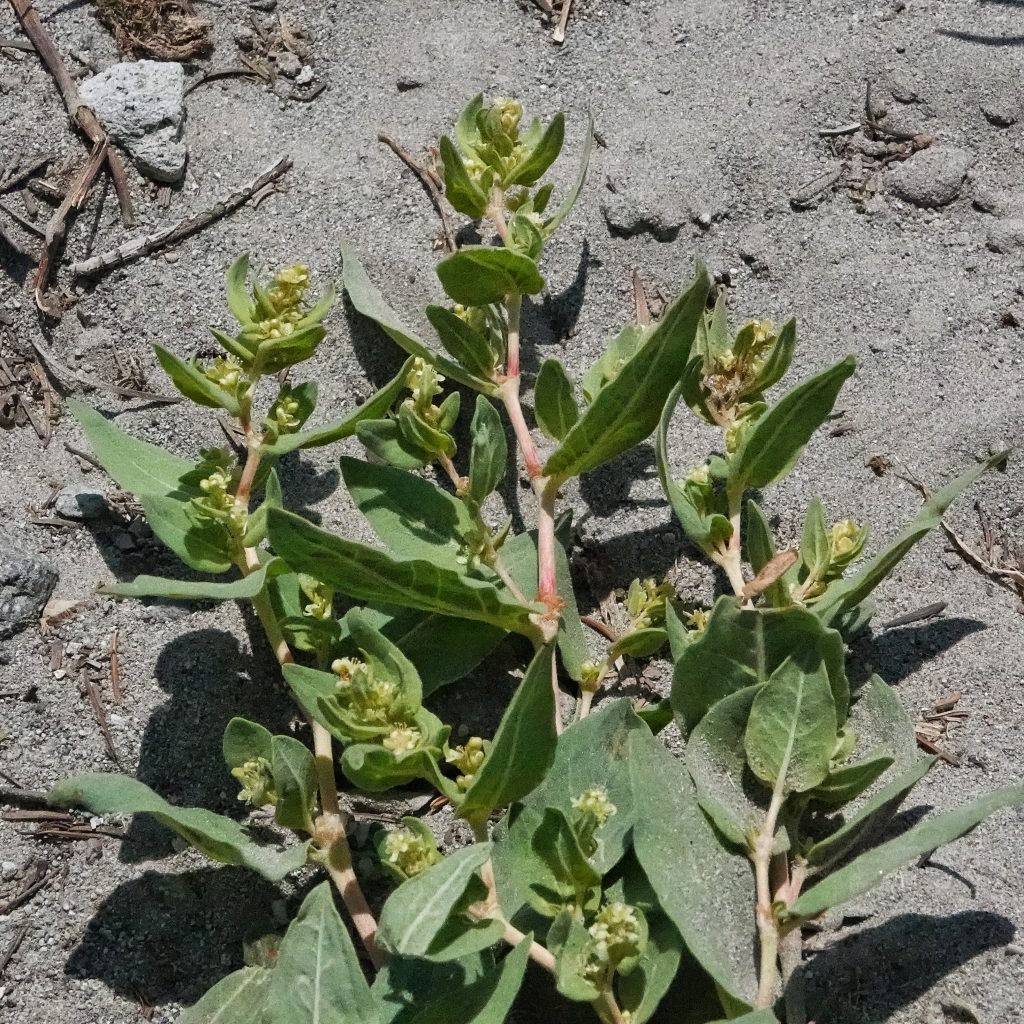
This member of the family Polygonaceae can be found listed as Aconogonon davisiae or Polygonum davisiae in many resources, even some fairly recent ones, but it was placed into Koenigia in Schuster et al.’s (2015) An updated molecular phylogeny of Polygonoideae (Polygonaceae). It is known by the common names Davis’ knotweed, Newberry’s fleeceflower, and Newberry’s knotweed.
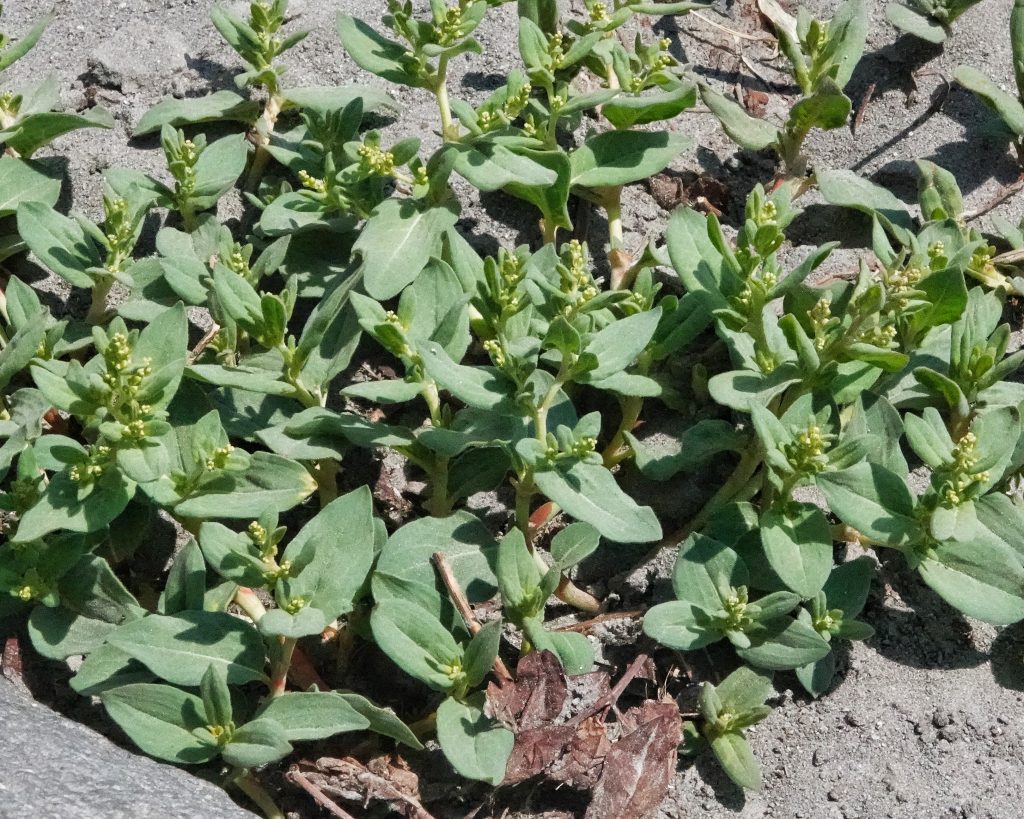
Description– “Stems in clump or single, decumbent to upright. Leaves sessile or with short petiole. Leaf yellow-green, often coated with white waxy powder, lance-shaped to round, less than 2 in. long. Flowers in small clusters of 2–5 at leaf axils. Petals yellow, green, or purple.” Polygonum davisiae | Davis’ Knotweed | Wildflowers of the Pacific Northwest
Similar species– Koenigia phytolaccifolium has elongated inflorescence.
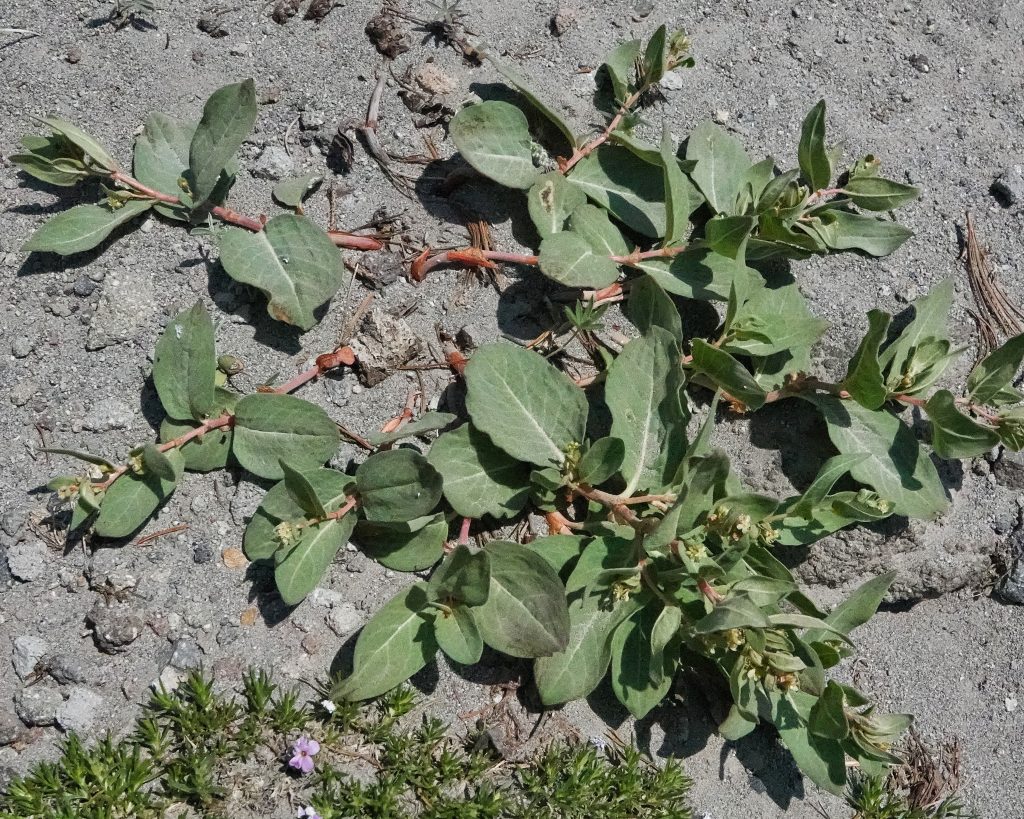
Habitat– “Steep subalpine slopes, volcanic fell fields, often on talus or pumice; 1200-3100 m” OregonFlora Koenigia davisiae var. davisiae
Range– Native to the Pacific Northwest; Found in the Cascades, Olympics, Siskiyous and Rockies.
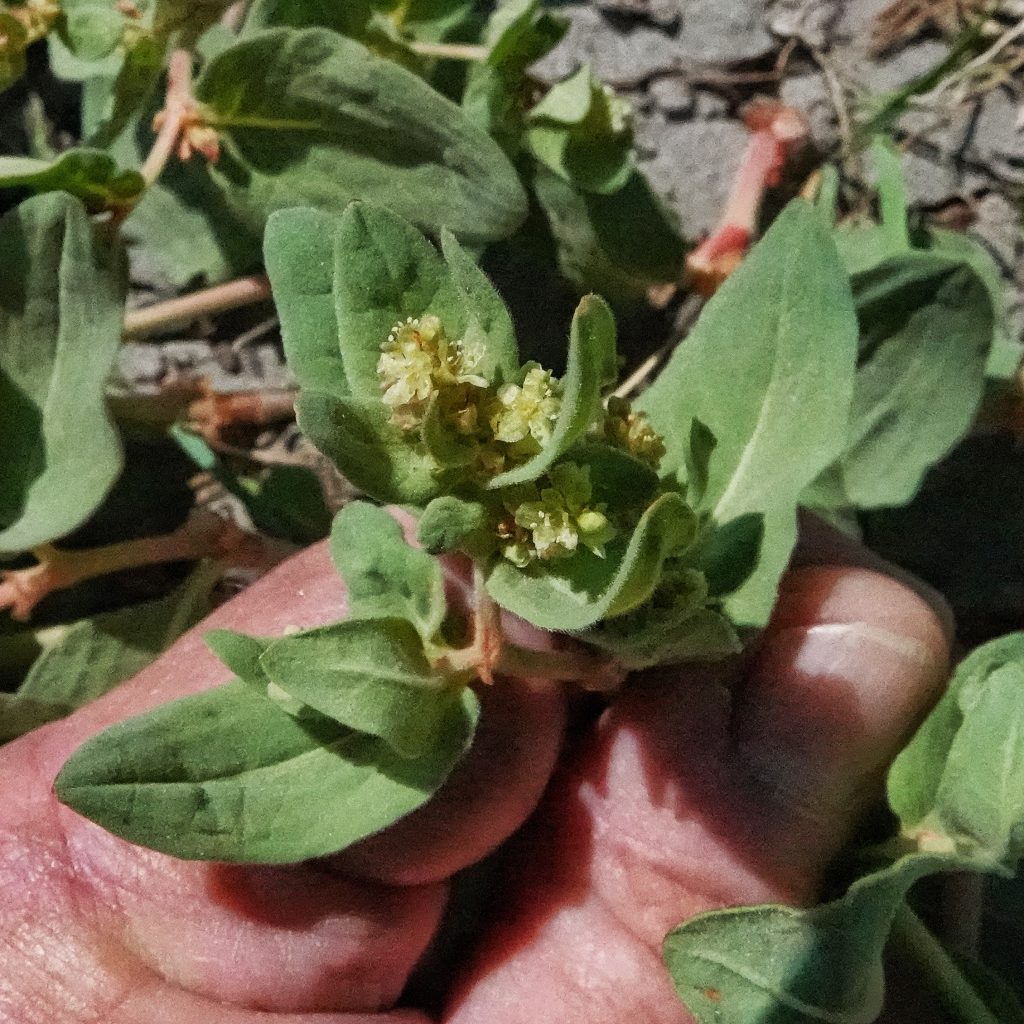
Eaten by– The only thing I can find that eats this plant are the larvae of the clearwing moth Synanthedon chrysidipennis.
Reproductive timing– Flowers bloom June-September.
Ethnobotany– I can find no ethnobotanical, herbalist, or foraging uses for this plant.
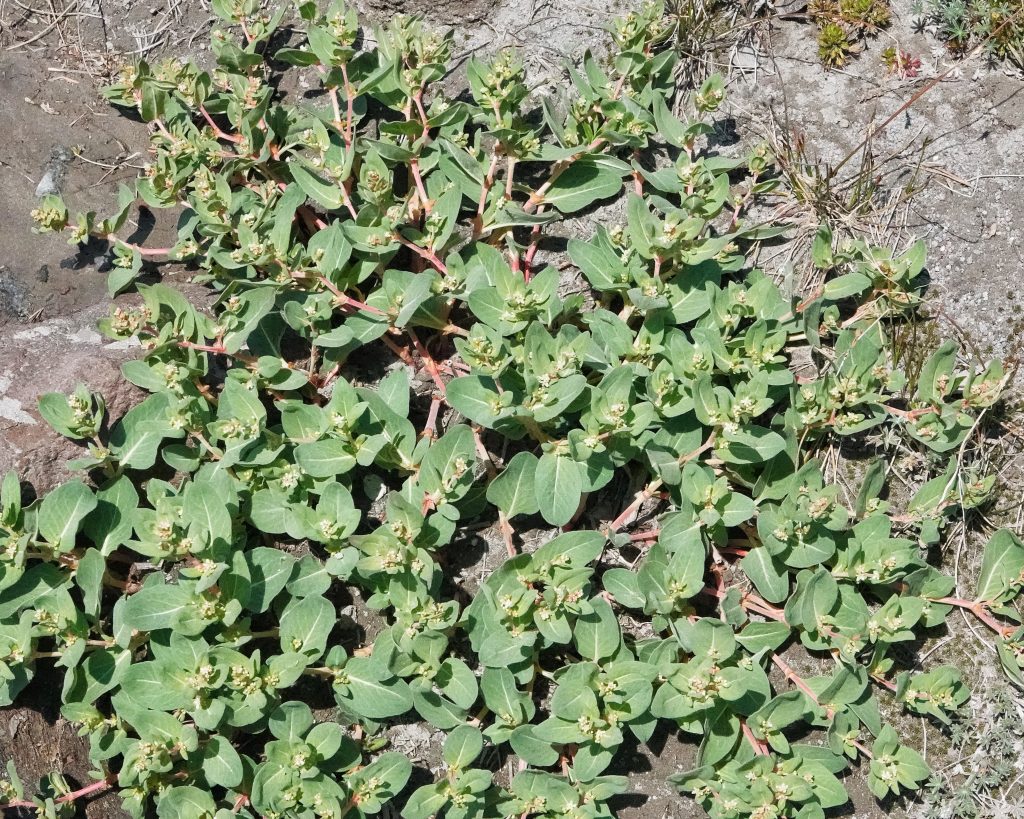
Etymology of names– Koenigia was named by Carl Linnaeus in honor of one of his pupils, Johann Gerhard König (1728-85). The specific epithet davisiae is almost certainly in honor of some botanist or collector, but I cannot ascertain which one. ETA- Karen George informs me, in a comment below, that she “found this plant listed in Pojar and MacKinnon’s Alpine Plants [of British Columbia, Alberta & Northwest North America, 2013] p. 111 under the previous name Aconogonon davisiae with another common name Ms. Davis’ Knotweed. The book states “Nancy Jane Davis (1833-1921), an educator from Pennsylvania, collected plants in California and sent them to Harvard botanist Asa Gray. California botanist Willis Jepson called her a ‘plant lover, noble in mind and generous in purpose’”.” Thank you Karen!
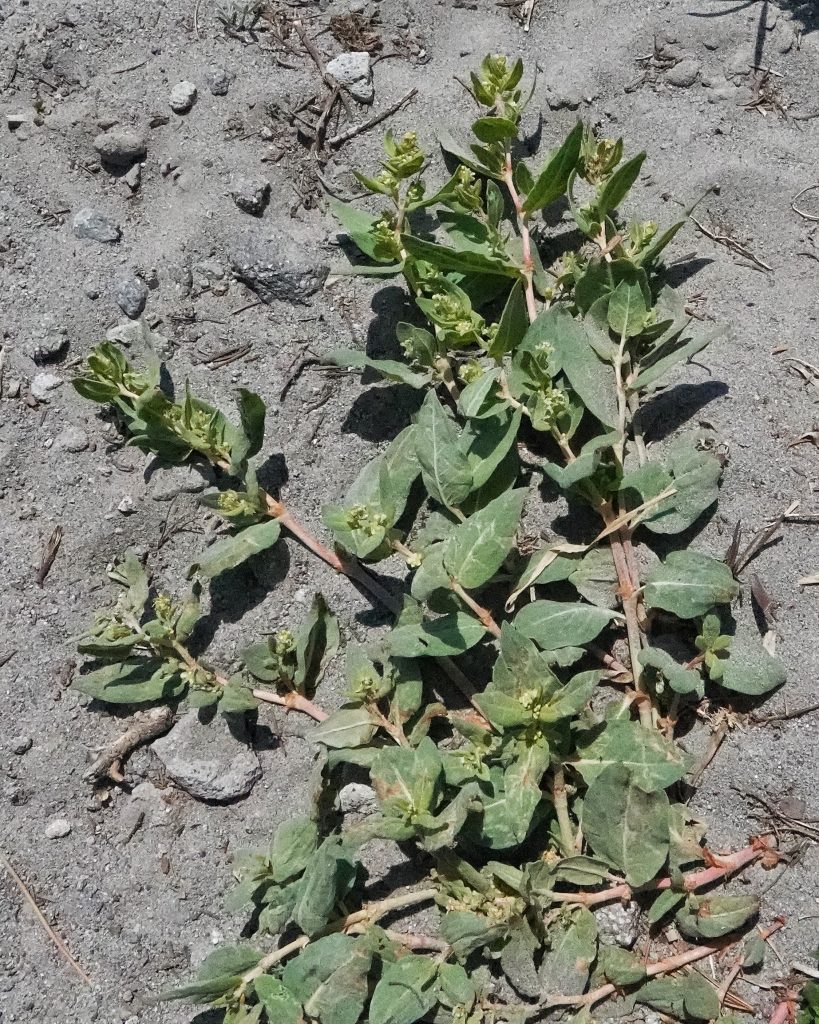
Polygonum davisiae | Davis’ Knotweed | Wildflowers of the Pacific Northwest
https://en.wikipedia.org/wiki/Koenigia_davisiae
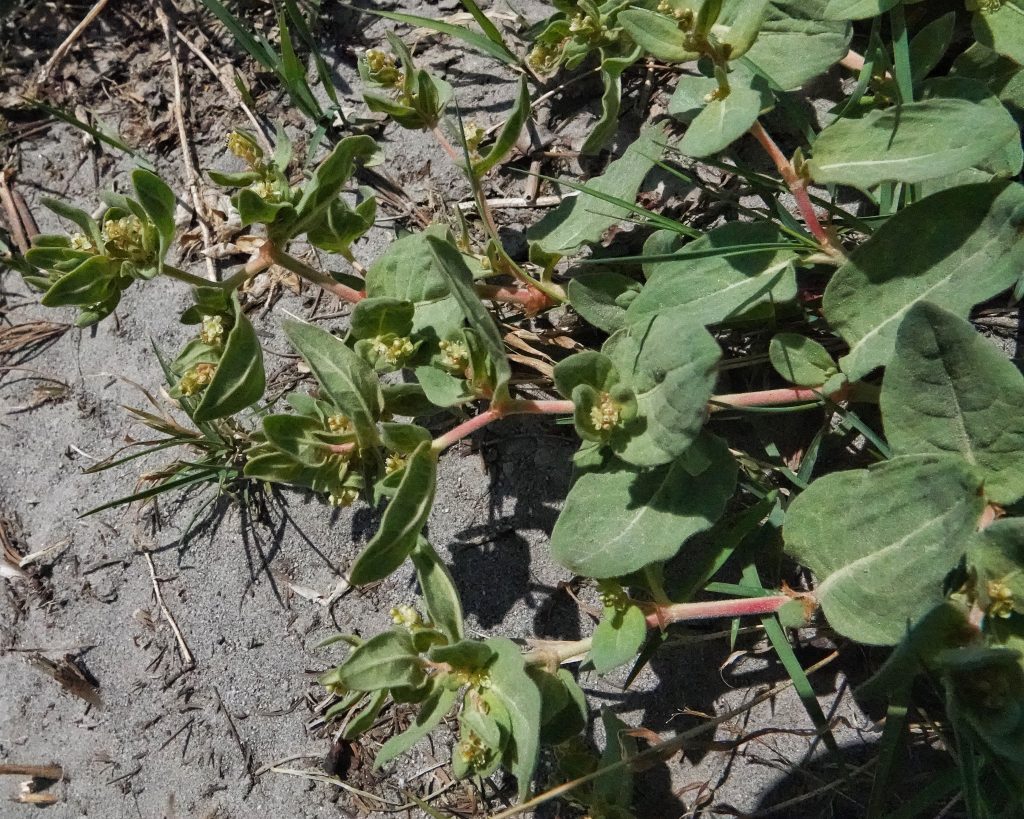
Regarding the etymology of the name, I found this plant listed in Pojar and MacKinnon’s Alpine Plants [of British Columbia, Alberta & Northwest North America, 2013] p. 111 under the previous name Aconogonon davisiae with another common name Ms. Davis’ Knotweed. The book states “Nancy Jane Davis (1833-1921), an educator from Pennsylvania, collected plants in California and sent them to Harvard botanist Asa Gray. California botanist Willis Jepson called her a ‘plant lover, noble in mind and generous in purpose'”.
Thank you Karen! I amended the etymology, quoting what you said. I really appreciate the information! And I ordered that book😀